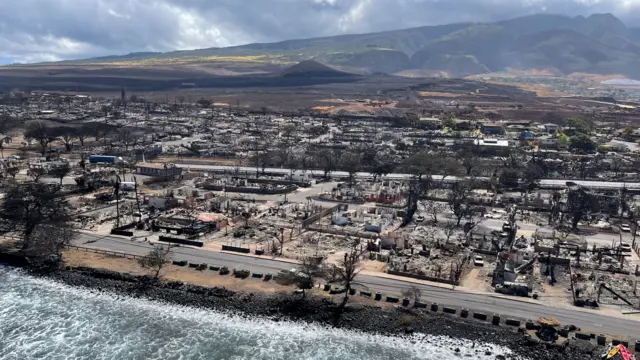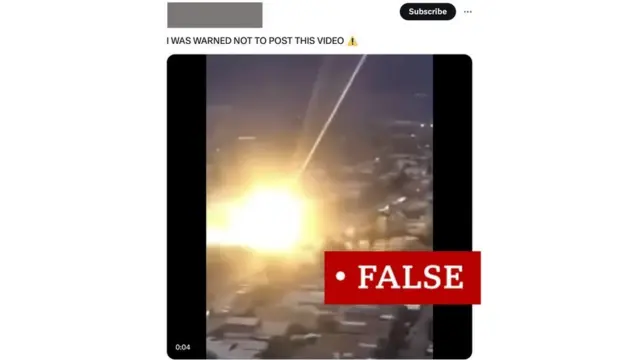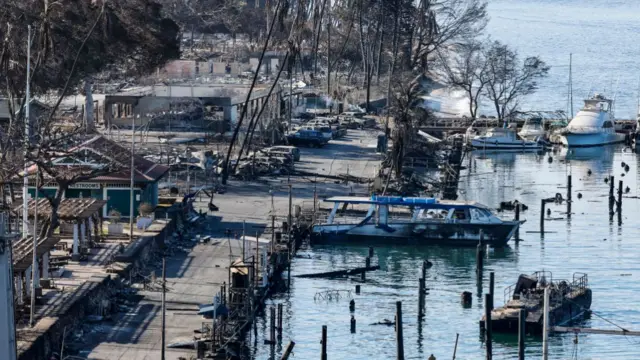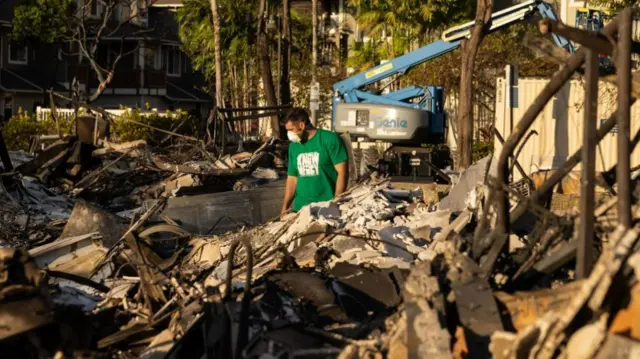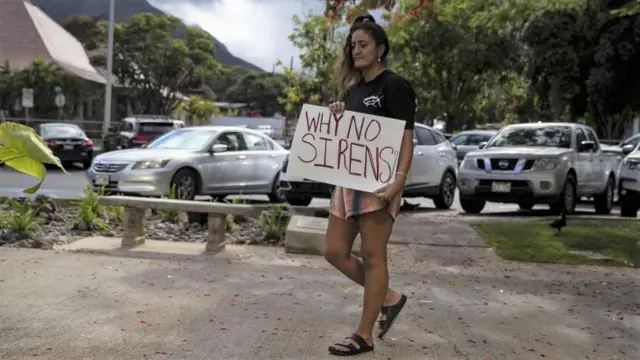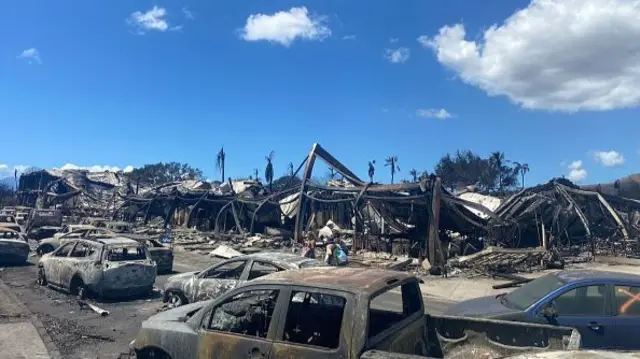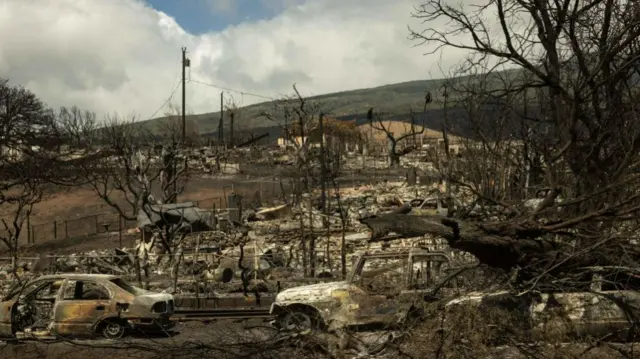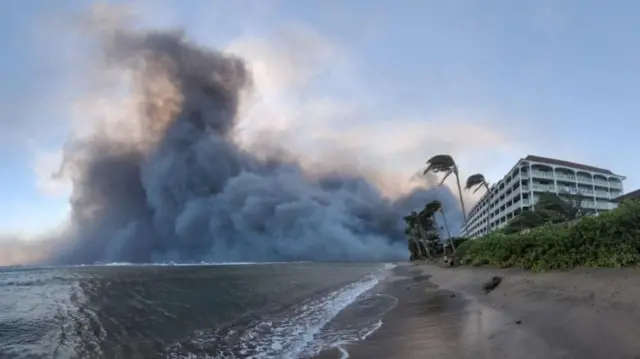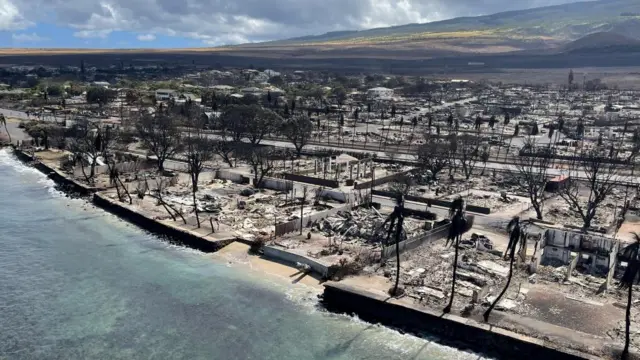Thanks for joining uspublished at 17:07 BST 15 August 2023
 Marita Moloney
Marita Moloney
Live reporter
We're going to wrap up our live page now, thank you for sending in your questions on the wildfires in Hawaii.
Thanks also to our colleagues in Maui and other teams across the BBC who brought their expertise to our coverage.
We hope we answered a lot of the queries you have on the disaster, but there's also plenty of brilliant pieces across the site if you want to read more:
- What caused the Hawaii wildfires?
- Maui fires fan tensions on Hawaiian island
- When a 'fire hurricane' hit, Maui's warning sirens never sounded
- Maps and before and after images reveal Maui devastation
Today's page was helmed from London by myself, Jamie Whitehead and Ali Abbas Ahmadi. Thanks for joining us.
